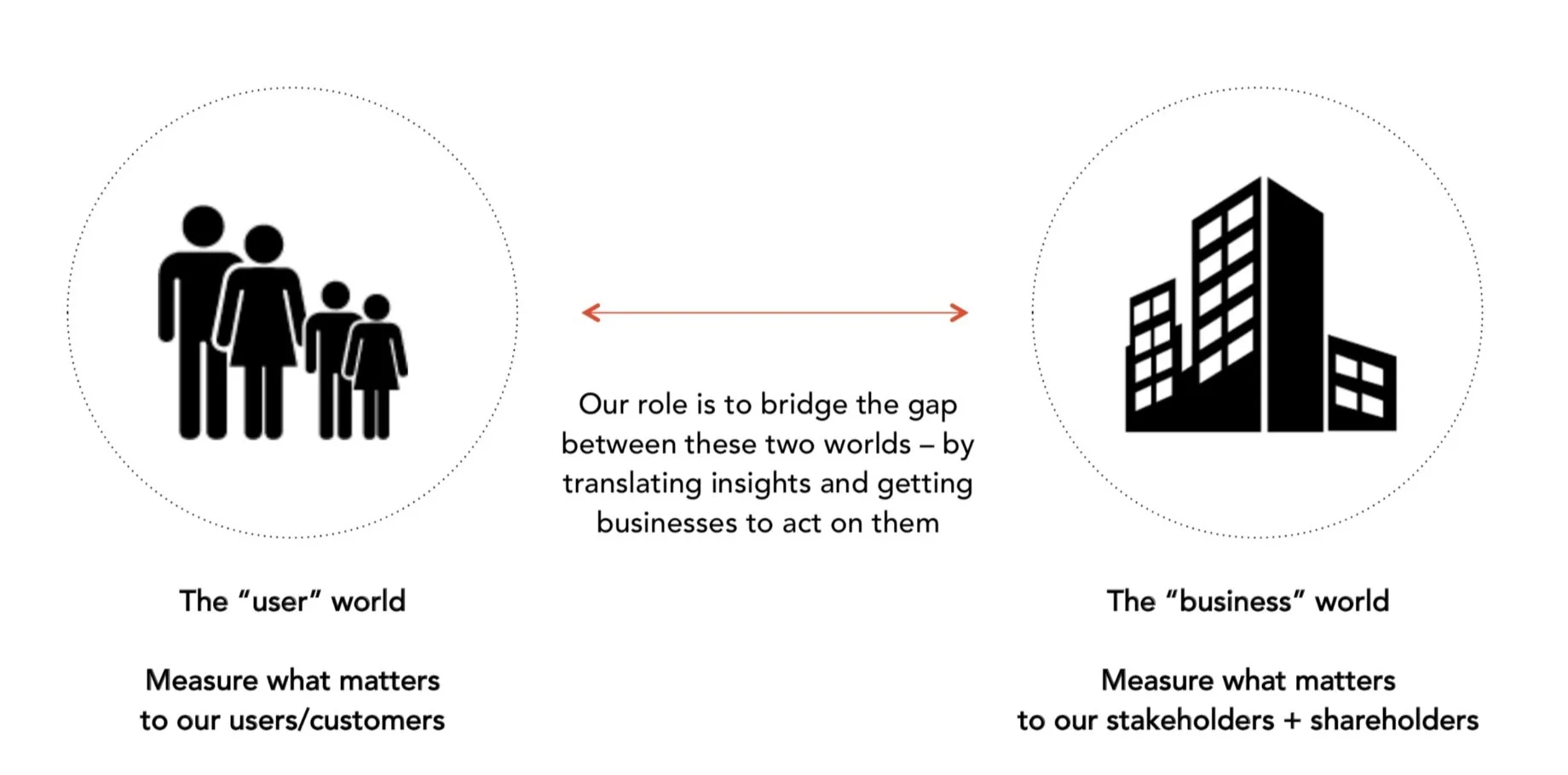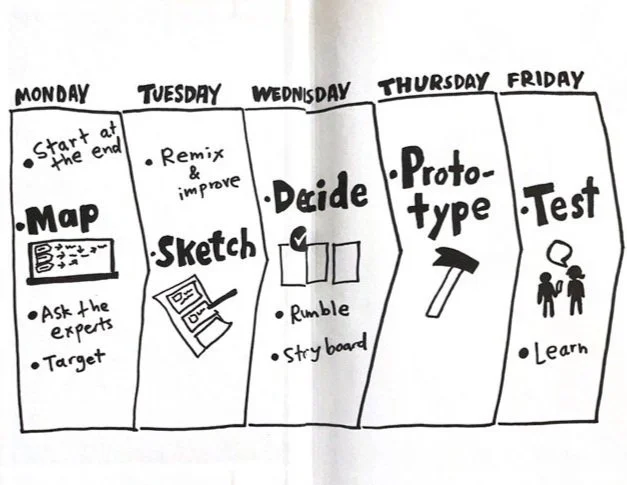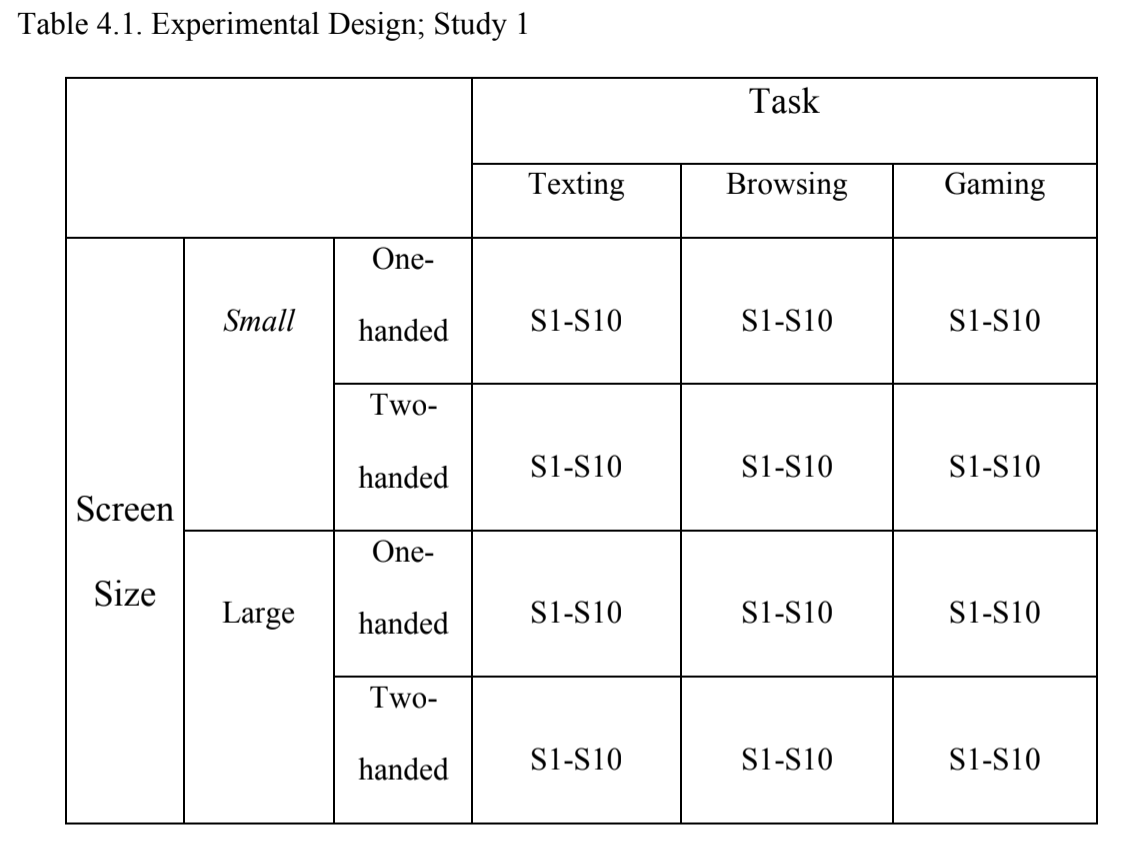Research Approach
It all begins with empathy
Embarking on the UX Research Journey
As a UX researcher, every project is a unique adventure, an exploration into the minds and behaviors of users. The journey begins with a compass in hand – a clear understanding of the project objectives and the burning questions we seek to answer. This initial phase is all about setting the coordinates, understanding the terrain we are about to traverse.
Planning the Expedition
Just like any seasoned explorer, meticulous planning is key. I sit down with stakeholders, product managers, and designers to chart our course. What are the project goals? What do we need to learn from our users? These are the questions we ponder, and from these discussions, the research plan begins to take shape.
Unpacking the Toolkit
Every researcher has their trusty toolkit, filled with methods and instruments. A/B testing, survey design, journey mapping, and contextual inquiries – each has its role. Think of it like preparing for different terrains; you wouldn’t bring a snorkel to a mountain expedition, would you?
Venturing into the Field
Now, it’s time to venture into the field. This is where the real excitement begins. User interviews become the trail markers, guiding us through the landscape of user experiences. It’s not just about asking questions; it's about listening, observing, and uncovering the stories that users might not even realize they're telling.
Discovering Hidden Treasures
Back in the research lab, it's time to sift through the artifacts we’ve collected. It's like a treasure hunt, seeking those golden nuggets of insight that will guide our design decisions. This is where the ethnography studies and contextual inquiries shine, revealing the often-hidden motivations and needs of our users.
Building the Map
Journey mapping becomes our map-making process. We piece together the user's expedition, marking highs and lows, pitfalls, and moments of triumph. This visual representation becomes the compass for the design team, ensuring they stay on course to meet the user's needs.
Sharing Tales by the Campfire
The most critical part of the journey is sharing our findings. It's not just about presenting data; it's about telling a compelling story. The stakeholders, designers, and developers should feel like they've been on the journey with us, understanding the user landscape as intimately as we do.
Iterating and Adapting
Just like any expedition, the UX research journey doesn’t end when we return home. It's an iterative process. We take what we've learned, refine our approach, and embark on the next expedition armed with even more knowledge.
So, there you have it – the detailed UX research process, a thrilling journey through understanding, discovery, and, ultimately, creating experiences that resonate with the hearts and minds of our users. Each project is a new chapter, and as a UX researcher, I am the storyteller, weaving together the narratives of users and design to create unforgettable experiences.
How do I measure the research impact?
For me the impact of UX research is evident when it meets the following:
It results in measurable improvements such as enhanced usability, positive design changes, and increased user satisfaction, as reflected in feedback and KPIs.
Recognition from stakeholders and the integration of research insights into decision-making processes are also indicators of impact. 3.
Successful problem resolution, informed iterative improvements, and the adoption of research-driven features contribute to the overall positive influence of UX research on product development and user experience.
UX Research is delivered in an impactful way only when everyone can understand their own role.
UXer’s (Yes, my job) job is to serve as intermediary between people + companies- but it’s a challenge to do so when you only understand one side. So, I translate insights & get the businesses to act on them.
SOLVE BIG PROBLEMS AND TEST NEW IDEAS IN JUST FIVE DAYS!
HOW?
Design Sprint!
The most robust way to solve big problems! But how can you do it in 5 days?
Well, the answer is Jake Knapp’s 5 day design sprint idea which we have used multiple times and failed never!
How we successfully performed 5 day design sprints for small & large teams? Call it Lean UX? Sure!
Relationship between Business & UX Research
UX Research, design and business working format
UX Research should highlight a symmetry, asymmetry, magnification or something new altogether- and UX Design should help close that gap. I try to validate or challenge the business assumptions in this format through user centered research.
High level research roadmap to follow for a typical end-to-end research project
A UX Roadmap at high level. A UX roadmap can change anytime depending on the project, process and goals. Having a simple high level roadmap in mind helped us to achieve numerous milestones
Researcher & Designer Kickoff Meeting
Researcher and designers needs to understand the-Why? What? and How?
Filling out this template before beginning every project helps us to keep the intentions clear so the research is impactful and the goals are accountable.
Experimental design & ANOVA using SPSS
Below is a data analysis experimental design for a (2 x 3) factor study. Analysis of Variance(ANOVA) was performed by me to obtain results(page-2) using SPSS to identify significant effect for a international conference paper.







